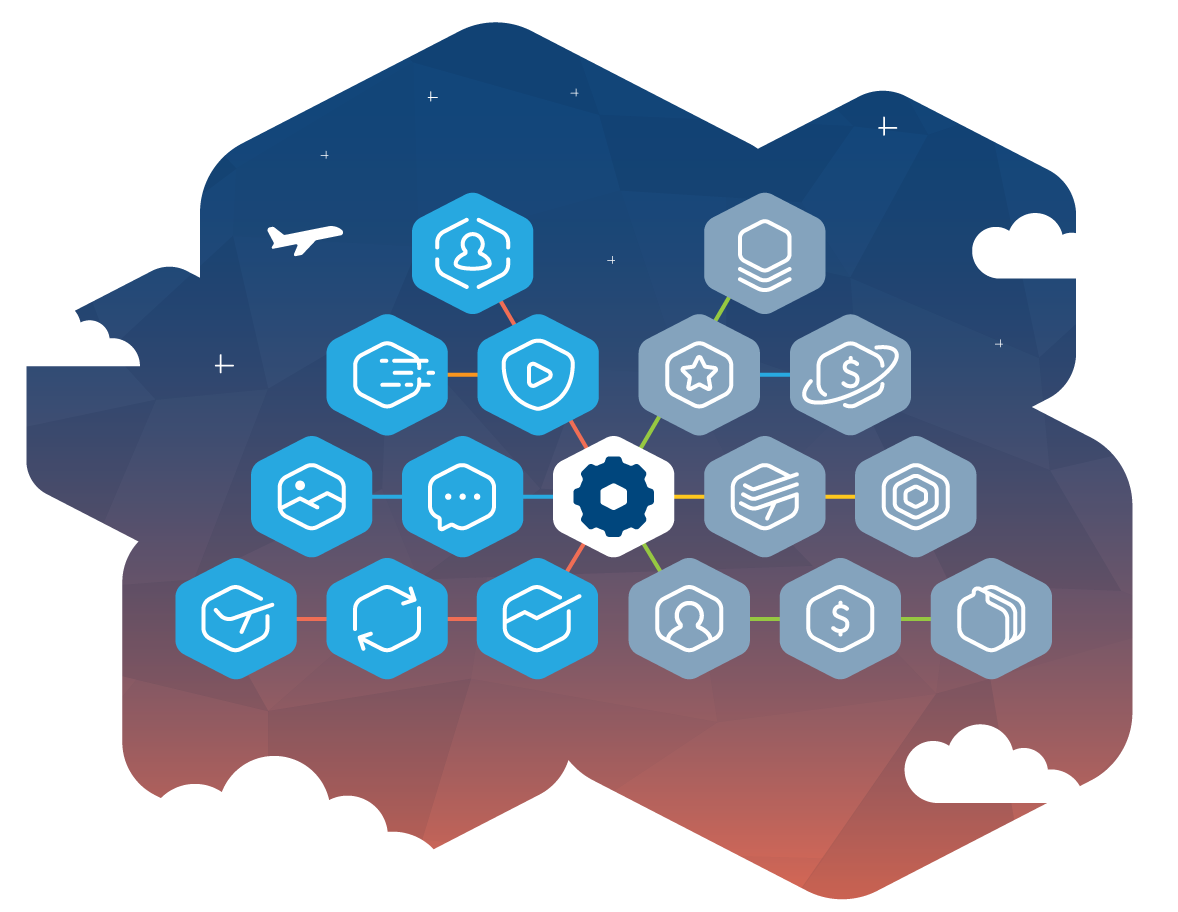

Decoupled Yet Integrated: Microservices For Digital Content Platforms
From monolith to standardized or customized microservices
Digital content has grown exceedingly in the last decade, both in size and type. Earlier, what used to be just web or e-commerce content, for websites, is now large 4K videos, related metadata, distribution channels, integrations, and much more.
More than often, such systems were developed as all-in-one solutions and catered to all the needs of managing and publishing. However, as consumption habits have changed, so has the level of intricacies in content management. Large legacy systems allowed users to manage, display, and publish content, whereas now, with increasing complexities, the roles of stakeholders and content editors have become more collaborative and granular.
Decoupling monolithic software into services is nothing new but has gained much traction in the past few years. The decoupled service-oriented or microservices-based architecture is very suitable for large platforms where content needs to be integrated with multiple own or third-party systems. It also comes in handy when content needs to be delivered to various other platforms or devices.
But as much as microservices seem like a brilliant idea, integrated services (similar to a monolith) are still preferred by many. It is mostly due to the associated ease of development, standard user interfaces, and foremost the tight integration amongst each other. In the real world, it’s similar to buying a laptop that works than purchasing individual parts to put one together.
However, as the consumption habits and methods have changed, so has the level of intricacies in content management.

Going Granular
A backend of a modern content delivery platform like Netflix or Amazon Prime comprises of many parts that perform specific functions like user management, content ingestion, media processing, security, search, and more. These parts are either used once or are utilized repeatedly throughout the system. And, almost all of these parts are decoupled from each other.
The granular approach creates multiple advantages in collaborative development. It also benefits the scalability, maintenance, and eases extensibility. In the long-term, microservices also reduce the maintenance and operation costs considerably.
Integrations, Dependencies, and Effort
Content delivery is no longer just about delivering content to the devices; now, it involves much more than just mere publishing on a frontend. From logging in with a social media account to making payments through a local payment provider, all streaming platforms need to integrate with different systems and services for personalization.
Similarly, there are strong interdependencies between some parts of the system as they share vital databases and correlations to keep the system functioning. Hence, the integration of multiple systems without microservices creates irrevocable dependencies, creating a non-ideal situation for platforms that need extensive maintenance, scaling, or future extension.
Bridging Through an Integrated yet Decoupled Framework
What if there was a possibility to have the best of both worlds? If microservices are pre-integrated yet allow customization? Potential for standardized UX/UI for stakeholders? And, custom development and integrations are possible for new microservices?
Modern software tools like GraphQL, React, and Node.js are providing means to realize the missing piece of the puzzle. For example, a framework that can enable organizations to utilize an array of standardized and customizable services. There are many benefits to such a decoupled yet integrated microservices-based approach:
-
Shared unified libraries and Service API
-
Agile and collaborative development, continuous optimization
-
Standardized ready-to-use services
-
Customizable services adaptable to individual workflows
-
High scalability, flexibility, and extensibility
Our decades of experience in content management and delivery has given us an insight into how OTT, VOD, and similar media asset based content platforms function. We also know what the stakeholders require to make them a success. Thus, we strive to provide the best of the breed, interoperable solutions that drastically innovate how companies view, develop, and operate their content management and delivery backend.
Axinom embraces a hybrid approach that decouples yet standardizes the services, allowing our customers to rapidly digitize and create novel applications, ranging from in-home media streaming to in-flight entertainment.








